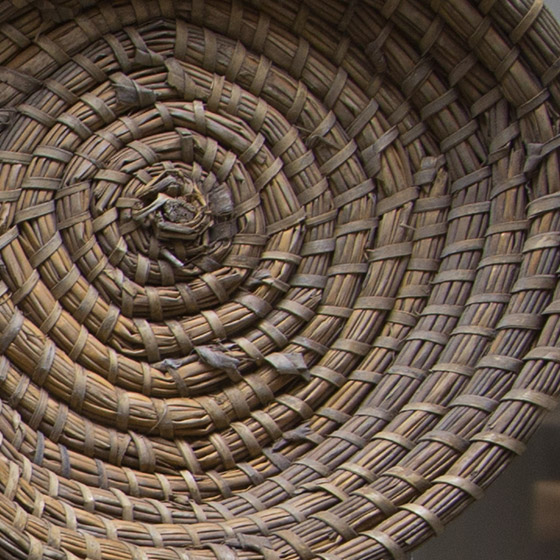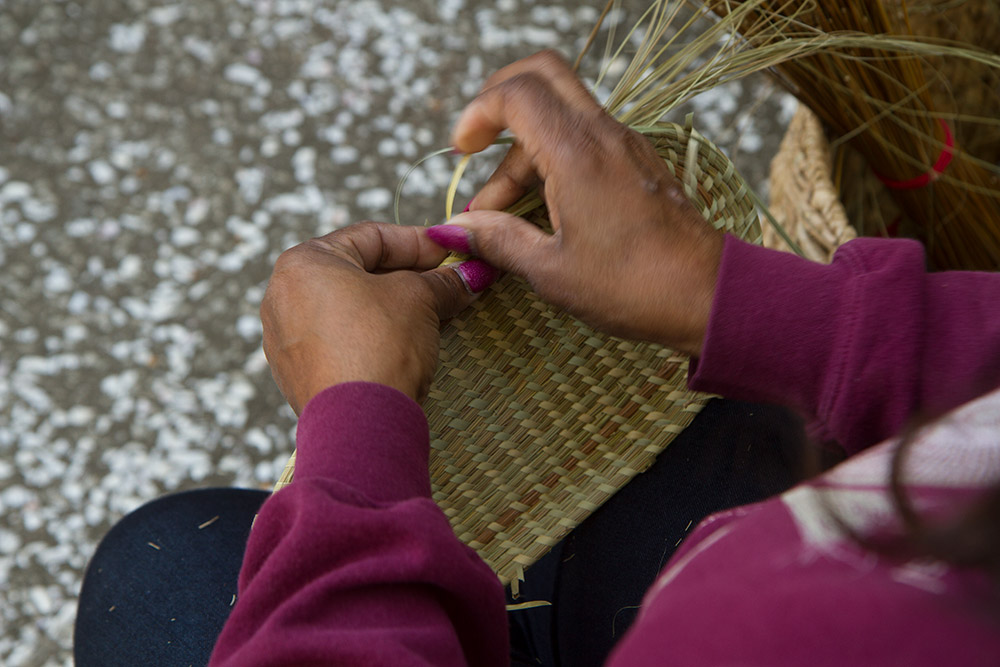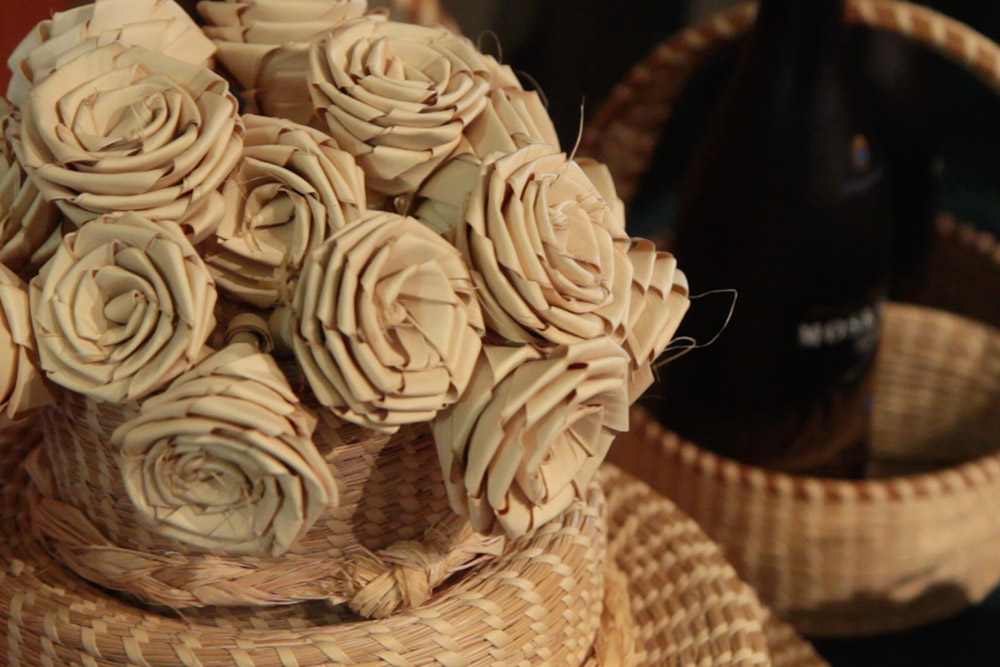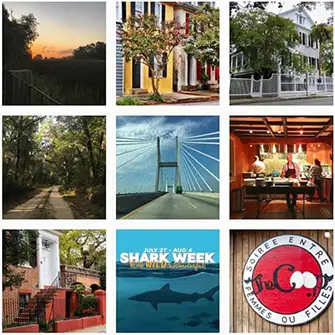
Sweetgrass Baskets of the Lowcountry
If Charleston, SC and its surrounding regions can be defined by a single artistic and functional item, it would have to be the sweetgrass basket. Handcrafted from natural materials, these Lowcountry baskets are woven into elaborately beautiful and functional works of art by Gullah artisans. They're considered some of the nation's oldest handicrafts of African origin, directly tying the Lowcountry back to West Africa via the transatlantic slave trade.
With the help of Joyce V. Coakley, the daughter of a dedicated Mount Pleasant sweetgrass basket maker, and her book Sweetgrass Baskets and the Gullah Tradition, let's take a look at the history and inspiration of these wonderful works of art.
A Brief History of Sweetgrass Baskets
For more than 300 years, people throughout the Lowcountry have woven these baskets from natural grasses. This tradition can be traced back to the slave trade in West Africa, and the proud descendants have used it for centuries to preserve their oral history and culture.
In the antebellum South, slaves used the baskets as winnowing fans to separate the rice seed and chaff and to hold household goods. Workers also used it an an income source when they grew too old to work in the fields.
When Abraham Lincoln signed the Emancipation Proclamation in 1863 freeing the slaves, the baskets took on a new purpose. With their newly acquired freedom, they began to revisit the skills passed to them from their ancestors, and the baskets transformed from a hardworking farm staple to a high-performing earner for the artisans.
When the Great Depression hit, more and more people used basket-weaving as a way to earn money for their families, and they began to set up shop along Highway 17 in Mount Pleasant. During the second half of the 20th century, sweetgrass artistry garnered international interest after top artists earned ribbons at craft shows in Canada. In 1987, seven members of the Christ Church Parish in Mount Pleasant established the Sweetgrass Cultural Arts Preservation Society to protect and preserve the unique art of Lowcountry basket-making.
How They're Made

According to Coakley, these baskets are constructed from sweetgrass, palmetto, pine needles and bulrush. Originally, they were made from bulrush (rush) and palms, two of the primary materials most often employed in traditional coiled basketry. As these baskets evolved from agricultural to household items, more and more weavers used the softer, finer sweetgrass instead of bulrush. Because many of these ancient plants are mentioned in the Bible, sweetgrass weaving was historically viewed as a spiritual endeavor, and the skill was regarded as a gift from God.
Sweetgrass basketry is exemplary of the coiled weaving technique. First, the weaver collects the materials and then dries them until they're strong enough to weave. When finished, they appear very similar to the historical shukublay baskets of Sierra Leone, which were coiled "so tightly they could hold water." Rather than plaiting or twisting, two techniques used in standard basket making, sweetgrass weavers coil dried sweetgrass and bundle them together in circles, often using palmetto leaves to hold the coils in place. Some sweetgrass artisans finish their designs with bulrush, pine needles or sewing bones.
Where to Find Them

Today, sweetgrass baskets are still a common craft sold throughout the Lowcountry, and basket stands still pepper Highway 17 North, allowing basket makers to get a fair price for these hand-crafted goods. Basket-weaver Ida Jefferson Wilson is credited with setting up the very first basket stand along this stretch of Highway 17 in the 1930s. After an disagreement with the overseer at Boone Hall, where she and her husband lived, Ida set up her baskets along the road and sold the first one not long after.
After the first African Americans got electricity in the region, basket-sellers began to market their goods to passing cars day and night. The weavers of the Hamlin community continue to sell their work along the portion of the highway known as "Sweetgrass Basket Maker's Highway." For those in search of authentic baskets, visit the stands for a chance to meet the weavers and peruse their beautiful wares.
One of the best places to find authentic sweetgrass baskets is in the city of Charleston, especially at the Charleston City Market. The market has sweetgrass baskets made by some notable weavers, including Mary A. Jackson, whose sculptural baskets are now held in the permanent collection of the Smithsonian American Art Museum. Some fifth-generation basket weavers display their crafts at the market year-round. In downtown Charleston, you'll find basket makers weaving and selling sweetgrass baskets every day along Market, Broad and Meeting Streets, and at the Four Corners of Law at the intersection of Broad and Meeting.
Further Exploration
If you want to take a deep dive into this craft, make sure to visit the Charleston Museum, the Coastal Discovery Museum in Hilton Head and the Sweetgrass Pavilion in Mount Pleasant. These institutions offer presentations on how to make sweetgrass baskets and will help curious visitors learn more about the importance of this craft that is culturally significant to the Lowcountry and the country as a whole.



